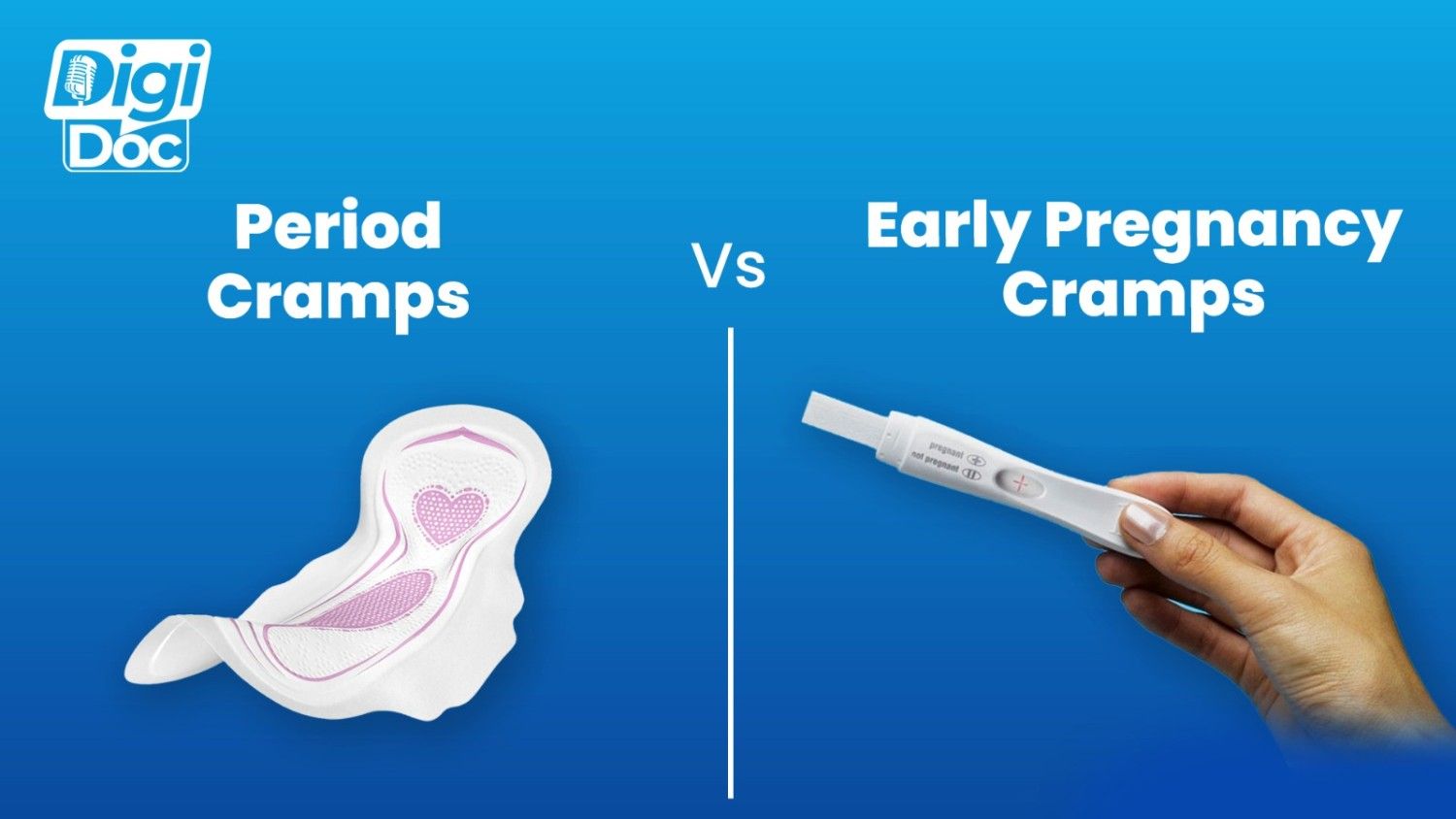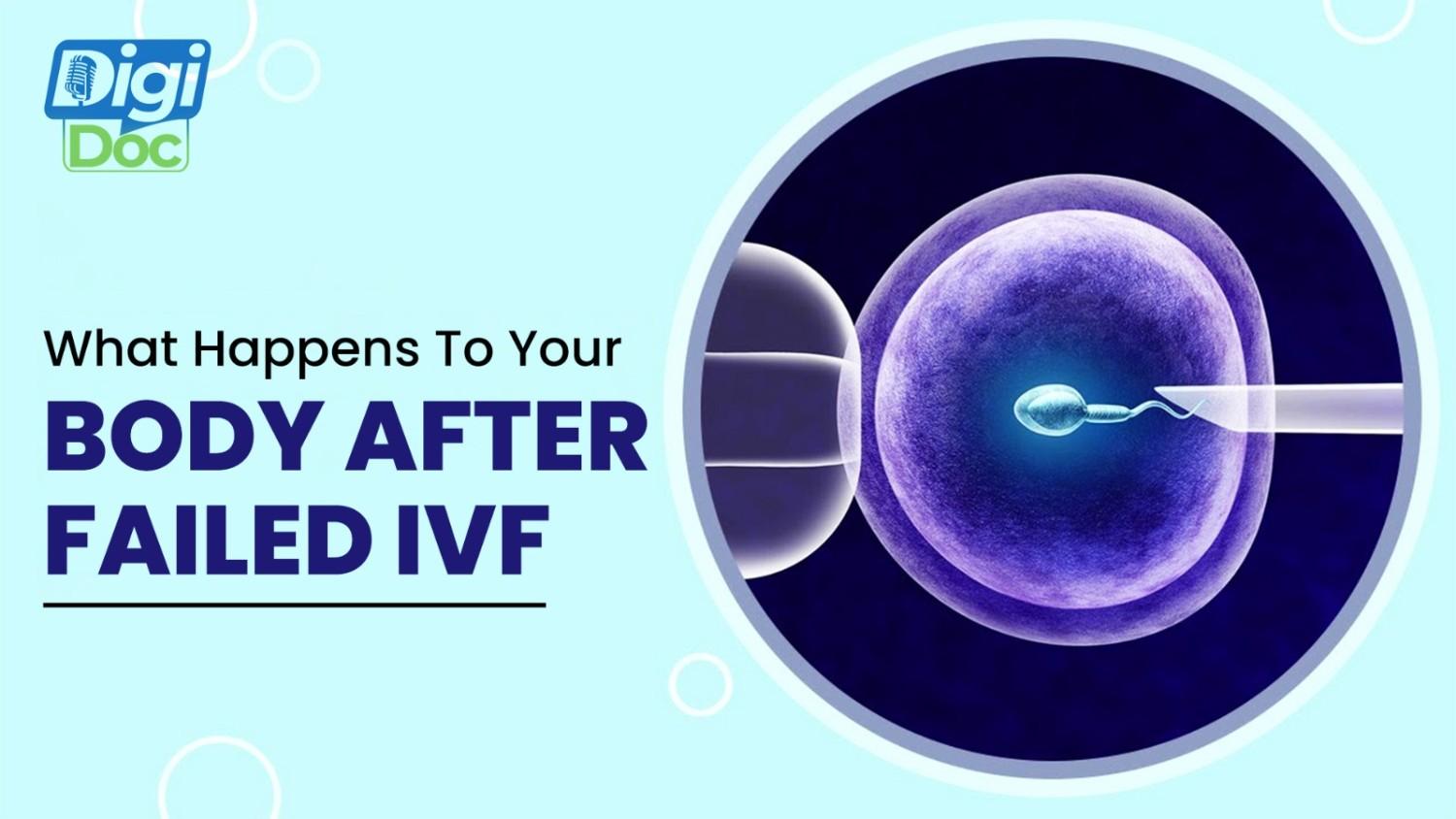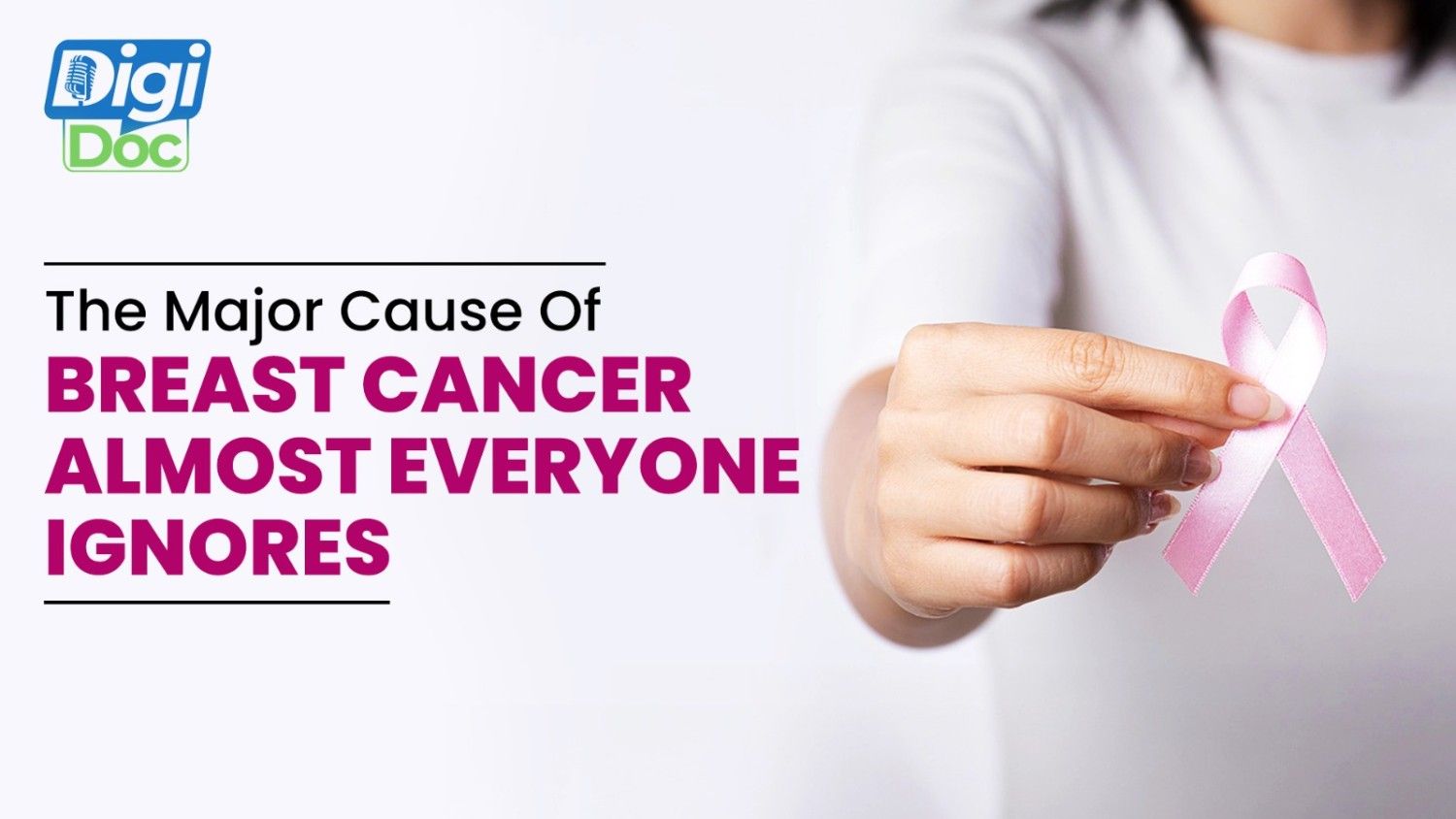Introduction
Cramps are common for many women every month, but if you’re actively trying to get pregnant or have recently even missed your period, you may be questioning, “Are these cramps my period or early pregnancy?” While the feelings may be similar, some unique differences can help you decipher what your body is communicating to you.
Let’s break it down simply and clearly.
What Are Period Cramps?
Menstrual cramps, or period cramps, or dysmenorrhea, are signs that your uterus is contracting to help eliminate its lining. Usually:
- Begin 1-2 days before your period starts
- They are felt as either dull, throbbing pain or sharp pain in the lower abdomen
- Can radiate down into the lower back and thighs
- Usually lasts 2-3 days during the menstrual flow
- are often accompanied by bloating, fatigue, and mood swings.
For many women, this is a normal part of the menstrual cycle; however, it varies in intensity.
What Are Early Pregnancy Cramps?
First-trimester cramps may occur either from the implantation of the fertilized egg into the uterus or the body’s adjustment to pregnancy. Cramping in early pregnancy typically is:
- Mild and fleeting
- Felt in the lower abdomen or lower back
- Described as tugging, pulling, and/or stretching
- Not as strong or as long-lasting as menstrual cramps
- It may begin even before a missed period or around the time of the expected period.
Generally, early pregnancy cramps are nothing to worry about unless they are intense or are accompanied by other abnormal symptoms.
Must Read: Very Early Signs of Pregnancy 1 Week
Period Cramps vs Early Pregnancy Cramps: Comparison Table
| Feature | Period Cramps | Early Pregnancy Cramps |
| Timing | 1–2 days before period | 6–12 days after ovulation |
| Pain Level | Moderate to strong | Mild to moderate |
| Duration | 2–3 days or throughout the period | A few hours to 2 days |
| Location | Lower abdomen, back, and thighs | Lower abdomen or back |
| Type of Pain | Sharp, throbbing, crampy | Dull, pulling, stretching |
| Other Signs | Bloating, mood swings, breast pain | Implantation bleeding, fatigue, nausea |
What Is Implantation Cramping?
Implantation cramping occurs when the fertilized egg implants into the lining of the uterus, usually 6–12 days after ovulation. Symptoms may include:
- Light tugging or mild cramping
- A feeling of ‘pinching’ in the uterus
- Occasional light spotting (called implantation bleeding)
This is one of the early signs of pregnancy; however, not every woman will recognize it.
How to Tell the Difference: Key Clues
Here are a few more tips to help you differentiate between the two:
- Timing: If you’re experiencing cramping before your regular period, it could be implantation.
- Bleeding: Your period will cause a heavier red bleed, while implantation is a brief light pink or brown bleed.
- Cramp type: Menstrual cramps feel heavier and radiate rhythmically, while pregnancy cramps feel more like pulling or stretching, as with all windows of pregnancy.
- Related Symptoms: Pregnancy could involve sore breasts, fatigue, nausea, and/or an increase in smell sensitivity, while PMS typically may include mood swings and feeling bloated.
Still uncertain? A test can help clarify quite definitely.
When Cramps Might Be a Concern
Whether you are pregnant or not, contact your doctor if you have:
- Severe or persistent pain
- Heavy bleeding or blood clots
- Dizziness or fainting
- Fever or chills
All of these may be symptoms of ectopic pregnancy, ovarian cysts, or other medical conditions that may require intervention.
When to Take a Pregnancy Test
To get correct results:
– Wait until the day of your missed period or 10-14 days after ovulation.
Testing too soon may provide a false negative. To obtain a more accurate result, use the first morning urine, since urine will contain the highest level of hormones at this stage.
Must Read: 7 Steps to Getting Pregnant With Blocked Fallopian Tubes?
Coping with Mild Cramps
If you are having mild cramping or are unsure why you are having cramping, consider trying:
- Gentle exercise or stretching
- Applying heat to the lower abdomen
- Drinking water helps reduce bloating
- Taking a mild pain reliever (if not pregnant or under medical guidance)
If you could be pregnant, avoid anything stronger than what your doctor has told you to take.
FAQ
Q: How can I differentiate my cramps being period-related or pregnancy-related?
A: Your timing, what the pain feels like, and what else you are feeling may be clues. Pregnancy cramps are typically milder, last for a shorter time, and are often associated with fatigue, nausea, and spotting.
Q: Are early pregnancy cramps sharper or duller than period cramps?
A: Typically duller, milder, and more of a pulling or stretching feeling. They will typically not even be intense or sharp.
Q: Can you get pregnancy cramps before your missed period?
A: Yes. These cramps can be implantation cramps, which can happen anywhere between 6 and 12 days after ovulation.
Q: How long can implantation cramps last?
A: Implantation cramps typically last a couple of hours to 1-2 days.
Q: Can implantation cramps be similar to period cramps?
A: They can feel similar, but they are typically less severe and shorter in duration.
Conclusion
It can be confusing to distinguish between period cramps and early pregnancy cramps, especially when waiting to find out if you are pregnant. Although cramps can happen in both normal conditions, observing the timing and intensity of the pain, as well as any additional symptoms, can help you get some answers. You may always take a pregnancy test or see your doctor when in doubt!




